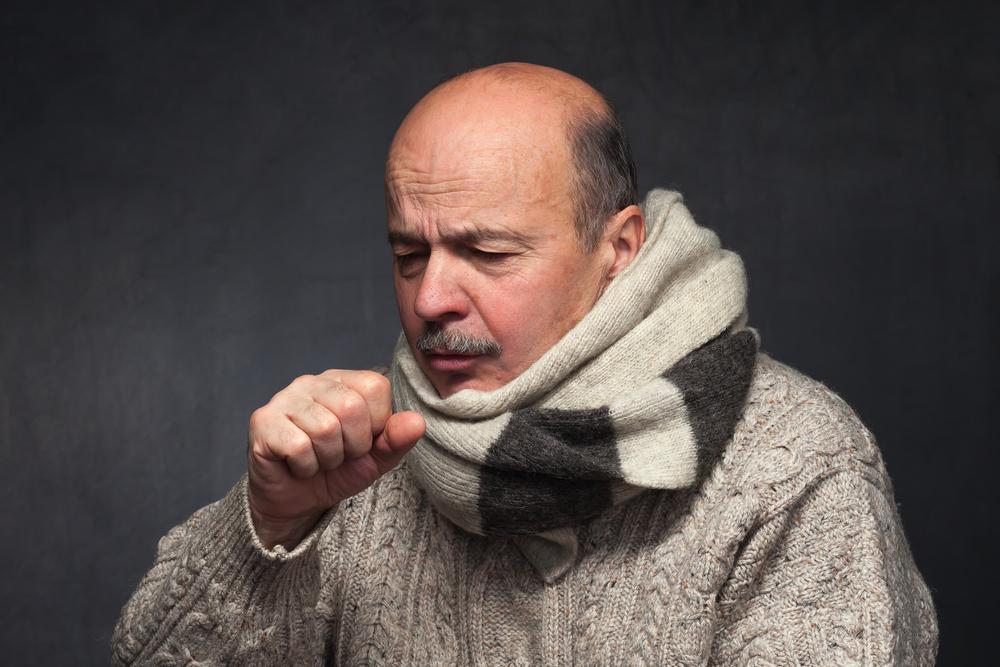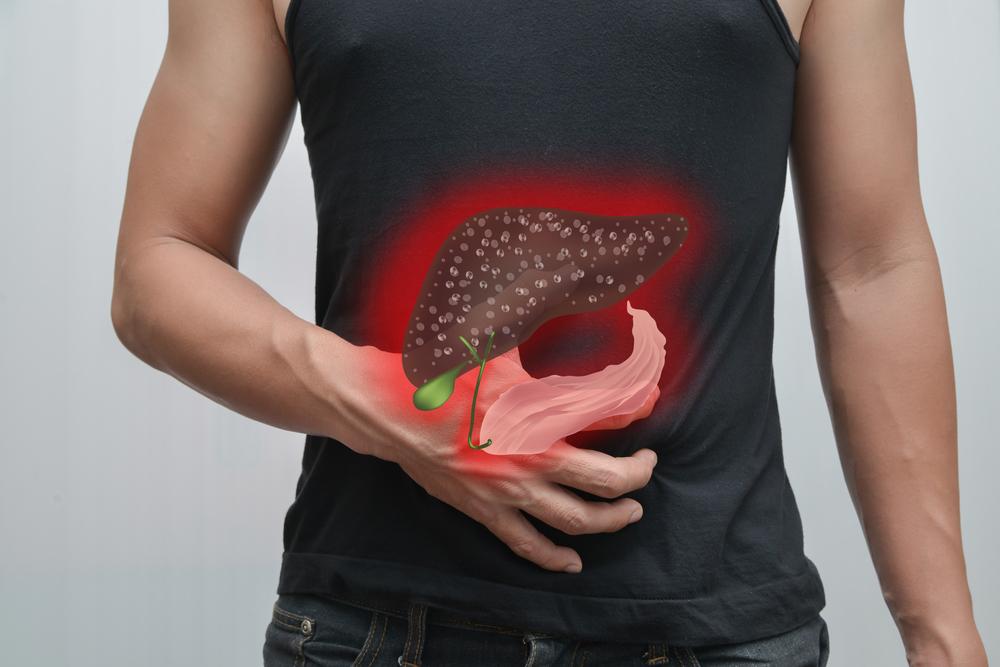Comprehensive Guide to the Common Causes of Nosebleeds and Prevention Tips
This comprehensive guide explores the common causes of nosebleeds, including environmental factors, trauma, infections, and health conditions. It offers prevention tips and advises when to seek medical help, helping individuals manage and prevent nosebleeds effectively. Understanding these causes can reduce anxiety and improve nasal health, especially during dry seasons or after injuries.

Nosebleeds, medically known as epistaxis, are a common health issue that can occur unexpectedly, often causing panic and concern. The human nose, an essential facial feature, is richly supplied with tiny blood vessels just beneath the mucous membrane lining. Due to this dense vascular network, the nose is especially susceptible to bleeding under various circumstances. Although nosebleeds are usually benign and not indicative of serious underlying health problems, understanding their causes and how to prevent them is crucial for effective management and peace of mind.
Most people will experience at least one nosebleed in their lifetime, with children aged 3 to 10 being particularly vulnerable. Inside the nose, arteries and capillaries are fragile, and minor injuries or irritations can lead to bleeding. While many nosebleeds can be easily controlled at home, some require prompt medical attention to prevent complications. This comprehensive guide explores the most common causes of nosebleeds, preventive measures, and when to seek professional care.
Types of Nosebleeds: Anterior and Posterior
Nosebleeds are categorized into two primary types based on location: anterior and posterior. Anterior nosebleeds originate from the front part of the nasal septum, known as Kiesselbach's plexus, which is highly vascularized. These are the most common and generally less severe, often resulting from minor injuries or irritation. Posterior nosebleeds, on the other hand, originate deeper within the nasal cavity and involve larger arteries at the back of the nose. These are typically more serious, more difficult to control, and more common in older adults or individuals with underlying health conditions.
Common Causes of Nosebleeds
Understanding the various factors that can cause nosebleeds is key to prevention. The most prevalent causes include environmental factors, physical trauma, infections, and health-related conditions.
Environmental Factors: Dry, cold air significantly increases the likelihood of nosebleeds. During winter months, low humidity levels and heating systems dry out the nasal mucosa, making blood vessels more fragile. Exposure to wind and cold air can also irritate nasal tissues, leading to rupture.
Physical Trauma: Impact to the face or nose from accidents, sports injuries, or falls can cause blood vessels to rupture. Vigorous nose blowing, often to clear congestion, or nose picking, particularly in children, can also injure delicate nasal tissues resulting in bleeding.
Respiratory Infections: Colds, sinus infections, and flu can lead to inflammation and irritation of the nasal lining. Frequent sneezing and coughing increase the risk of damaging blood vessels, especially if the mucosa becomes inflamed or compromised.
Nasal Irritants and Dry Air: Exposure to pollutants, cigarette smoke, and other irritants can inflame nasal tissues. Furthermore, the use of heating devices and inadequate humidity levels in living spaces exacerbate dryness and make nosebleeds more likely.
Bleeding Disorders and Medications: Conditions such as hemophilia or thrombocytopenia, along with medications like blood thinners and nasal sprays that thin the blood or dry the nasal cavity, can predispose individuals to frequent or heavy nosebleeds.
High Blood Pressure: Elevated blood pressure can cause blood vessels in the nose to burst more easily, especially in those with uncontrolled hypertension, increasing the risk of recurrent nosebleeds.
Prevention and Care Tips
Prevention of nosebleeds involves maintaining nasal health, managing environmental factors, and avoiding trauma. Here are some effective strategies:
Maintain Humidity: Use a humidifier in dry indoor environments to keep nasal tissues moist. Applying saline nasal sprays can also provide moisture and reduce irritation.
Avoid Nasal Trauma: Be cautious during physical activities and sports. Avoid picking your nose or blowing it too forcefully.
Protect from Environmental Irritants: Minimize exposure to smoke, pollutants, and harsh chemicals that can inflame nasal tissues.
Manage Underlying Conditions: Control blood pressure and consult a healthcare provider if you have bleeding disorders or are on medication that affects coagulation.
Proper Nasal Hygiene: Gently cleanse the nasal passages and avoid excessive irritation. Use saline sprays or rinses if recommended by your doctor.
When to Seek Medical Attention
While most nosebleeds are manageable at home, certain situations warrant prompt medical evaluation:
Persistent Bleeding: Bleeding that continues beyond 10-15 minutes despite applying pressure
Heavy Blood Loss: Rapid or large volume bleeding leading to dizziness or weakness
Recurrent Nosebleeds: Frequent episodes suggest an underlying health issue that needs investigation
Associated Symptoms: Signs of blood in the throat, difficulty breathing, or fainting episodes
Trauma: Significant impact to the nose or face from an accident or injury
If any of these conditions occur, seek medical attention immediately to prevent complications and receive appropriate treatment.
Conclusion
Nosebleeds are mostly benign but can be distressing. Understanding the common causes such as environmental factors, trauma, infections, and underlying health conditions helps in effective prevention. Maintaining nasal moisture, avoiding irritants, and protecting against injury are key strategies. If nosebleeds persist or are severe, prompt medical consultation is essential for proper diagnosis and treatment. With proper care and awareness, most nosebleeds can be managed effectively, reducing discomfort and preventing recurrence.





